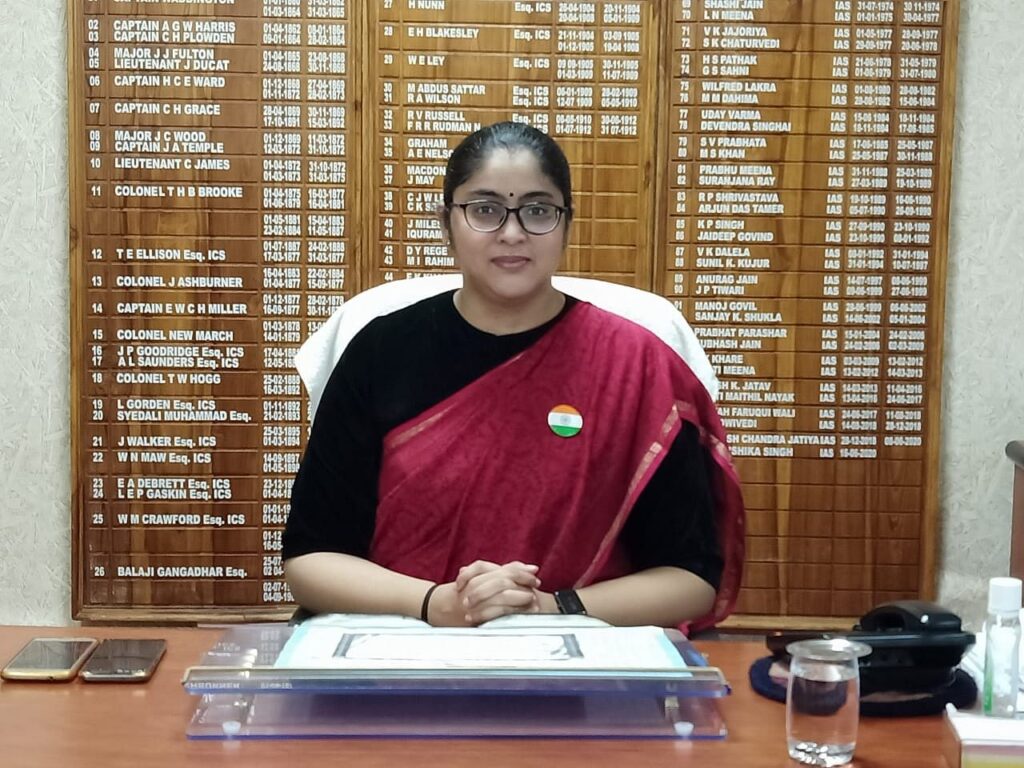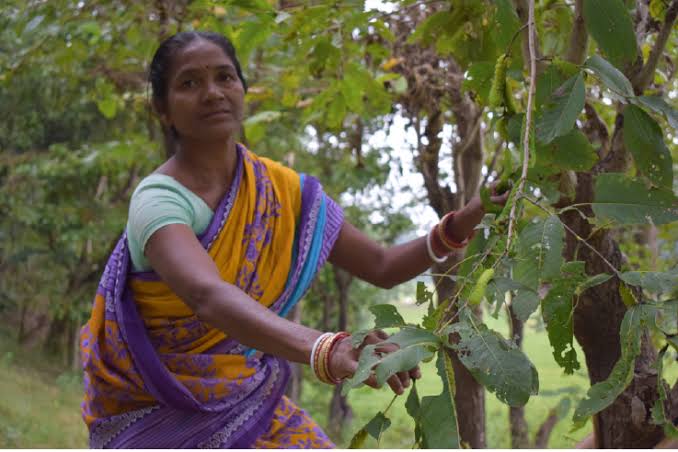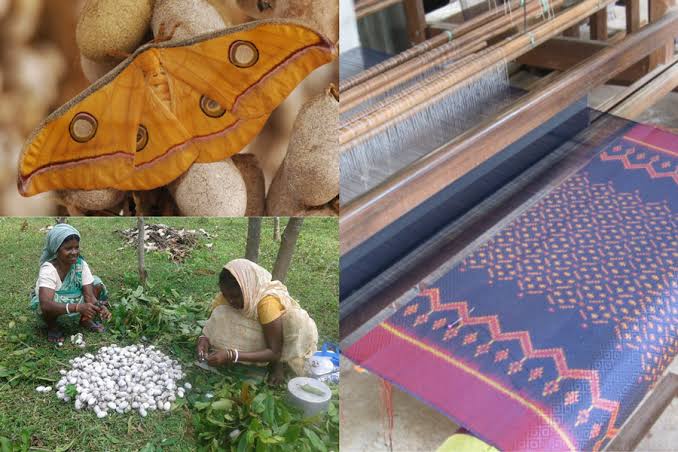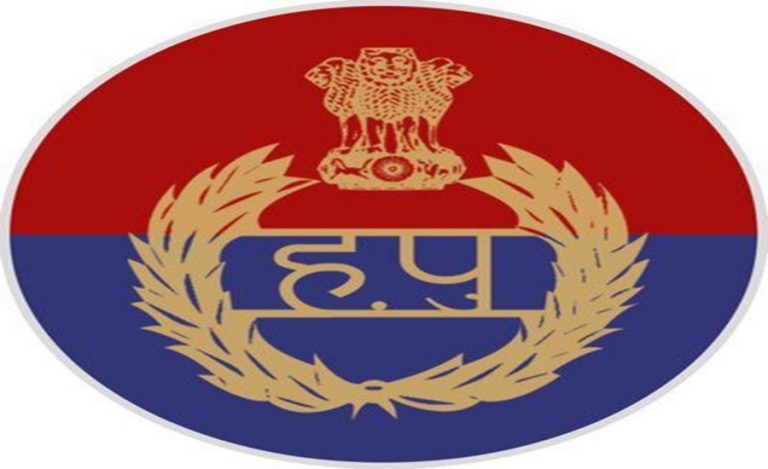Home to the world famous Kanha National Park, the Mandla district of Madhya Pradesh is a popular tourist destination, no doubt. But, apart from nature and wildlife, the district also has a lot of tribal heritage and art to offer, as it was once the capital of the Gond dynasty.
It was once known for its Gondi paintings and silk. However, over time, both silk and paintings began to lose their popularity and were on the verge of dying. The young people stopped practicing the traditional Gondi art and the sericulture farms were abandoned.

But now, with the efforts of the District Collector of Mandla, Ms. Harshika Singh, both the industries are being revived. She has collaborated with the local tribals in such a way that not only are their art and heritage being brought back to life, but whole new vistas of livelihood are opening up for them.
ONE DISTRICT, ONE PRODUCT
In Mandla, Kodo-kodku (millet) and Gondi paintings have been selected under the One district-One product project of the state government. Hence, the district administration is putting in a lot of efforts to promote and market them. DC Harshika Singh opened a café run by tribal women for serving delicacies made of millet and have decorated the place with Gondi art.
A similar kind of project was taken up by the administration to revive the silk farming industry. Explaining it, Ms. Singh said, “Only a decade back, the district was a hub of sericulture. But with lack of promotion and support to the people involved, it was almost finished. Our first idea was to rejuvenate the silk farming and provide livelihood opportunity to the tribals. There are lots of landless tribals, so we thought of roping them into the project.”
At the onset, the already existing sericulture farms which were in government owned lands were identified. Plantation already existed in these farms but not in good condition. So, the district administration involved the tribal women for the entire work to revive the farms. They were trained on how to plant trees which are good for silkworm, like Sal tree. They were also taught how to rear worms and weave silk.

Tussar silk and MaIbari silk started being produced in these farms, and in a few months, they started making various silk products from them, starting from saree to decorative items.
MARKETING CHALLENGE
However, even after so much effort, the end products were not in much demand. “The produced items were plain and couldn’t attract people. So, we tried to include Gondi painting on all the products, and it worked. The main task was to convince the youngsters to again take up their traditional work. After a handful of them got ready, we trained them again so that they become professional. We provided them the products and they would draw the paintings on them,” Ms. Singh said.
Fortunately, this idea worked and now all these products are in high demand. In just a month, the district was able to sell 1.25 lakhs of these products. The district administration has already listed the products in Amazon, Flipkart and TRIFED. They are also available on the local Mrignaini Chain which is known for traditional art and craft of Madhya Pradesh.
Ms. Singh is also trying to take few embassies on board as many people outside the country show curiosity and interest in such authentic traditional products. She has also approached the Union Ministry of Textile for listing these products so that they can be gifted to foreign dignitaries.
She informs that since all these products are a result of tribal labour, each piece has a unique story to tell. The whole process to reach this stage took more than a year, but the officer is hopeful that this initiative will go a long way.


















